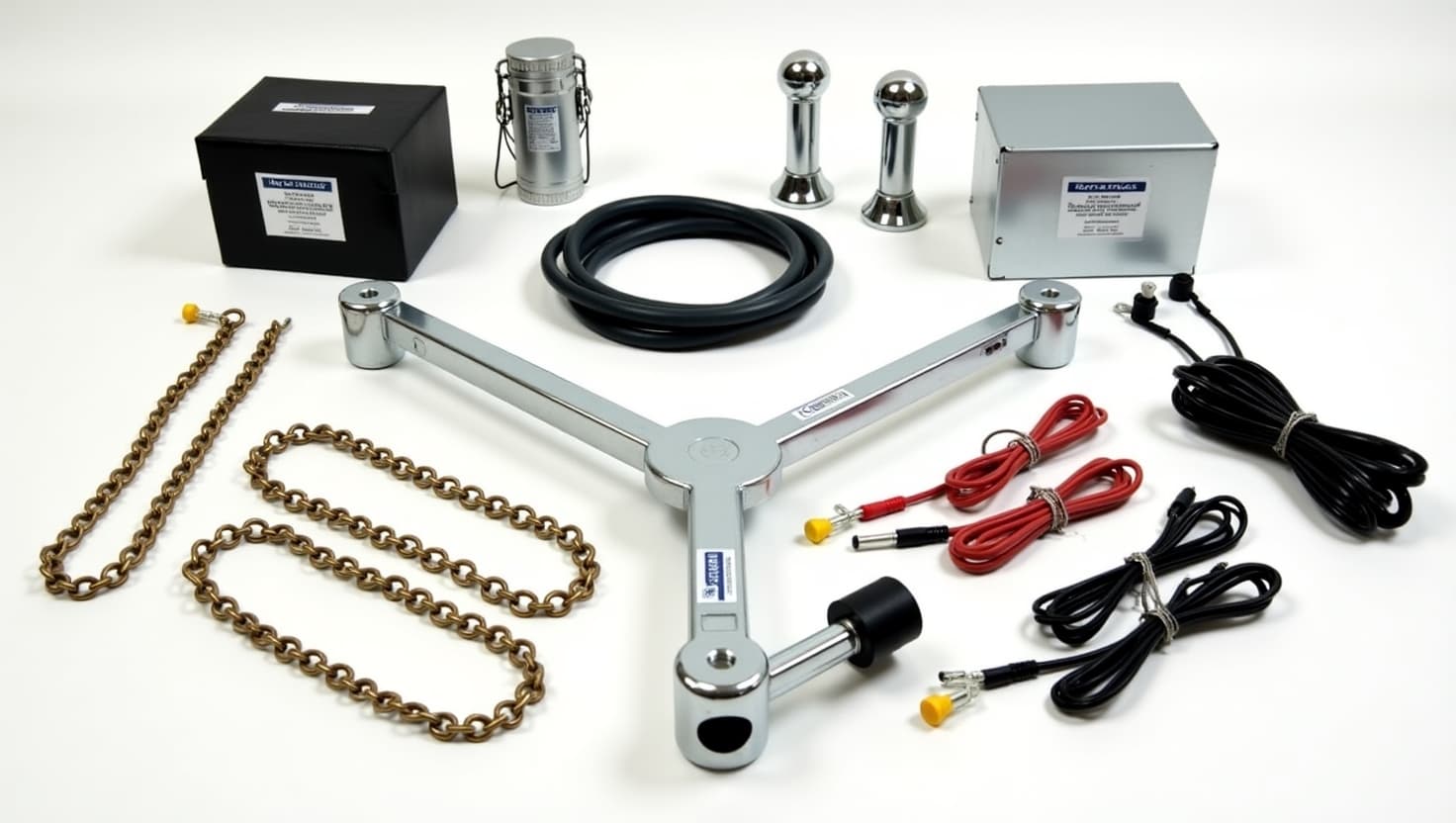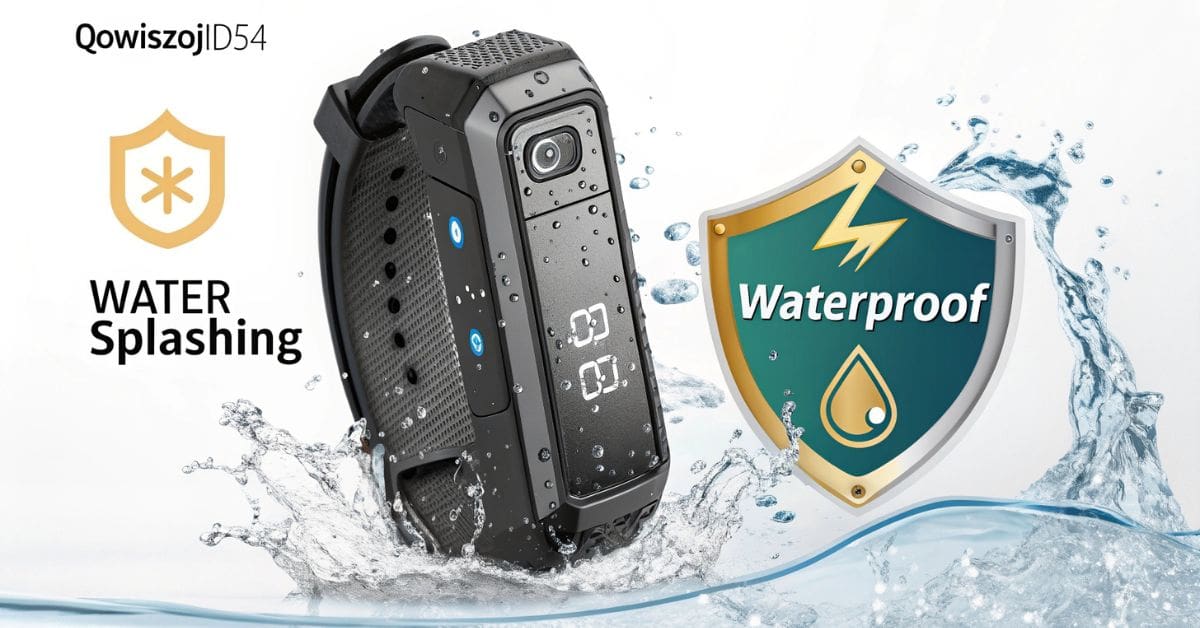Using “allinurl: automotive towing equipment hitches balls” helped me find the ideal hitch ball for a smooth, safe towing experience. The detailed guides made selecting the right equipment easy, and I highly recommend it for optimizing your towing setup.
Towing equipment consists of various components like hitches, hitch balls, couplers, safety chains, and electrical systems, all essential for safely connecting a towing vehicle to a trailer. Choosing the right equipment depends on factors like trailer weight, vehicle towing capacity, and compatibility between components.
This article allinurl: automotive towing equipment hitches balls search into everything you need to know about towing equipment, including hitches, hitch balls, and other accessories, to help you make informed decisions. And yes, we’ll keep it simple and straightforward to suit every reader’s needs.
What Is Towing Equipment?

Towing equipment refers to the hardware and accessories used to connect a towing vehicle to a trailer. These components include hitches, hitch balls, couplers, safety chains, and electrical wiring systems. They play a crucial role in maintaining a secure connection between your vehicle and trailer, ensuring smooth towing operations.
Understanding the Key Components of Towing: Essential Equipment for Safe and Efficient Towing
1. Hitches
A hitch is a device mounted to the chassis of a towing vehicle that allows a trailer to be connected. There are various types of hitches:
- Receiver Hitches: The most common type, available in different classes based on weight capacity.
- Fifth-Wheel Hitches: Used for heavy-duty towing, typically mounted in the bed of a truck.
- Gooseneck Hitches: Similar to fifth-wheel hitches but designed for agricultural and commercial uses.
- Bumper Hitches: Attached to the bumper of a vehicle and suitable for light towing.
2. Hitch Balls
The hitch ball is a critical component of towing. It’s the connection point between the hitch and the trailer. TowSmart Hitch Balls, for example, provide a secure link, ensuring your trailer stays firmly attached during transit. Hitch balls come in various sizes and weight capacities, so it’s essential to choose one that matches your trailer’s requirements.
Common hitch ball sizes include:
- 1-7/8 inches: Suitable for small trailers.
- 2 inches: A standard size for medium-duty towing.
- 2-5/16 inches: Designed for heavy-duty trailers.
3. Ball Mounts
A ball mount connects to the receiver hitch and holds the hitch ball. It’s adjustable to ensure proper alignment between the towing vehicle and the trailer.
4. Couplers
The coupler is located on the trailer and secures to the hitch ball. It’s essential to ensure the coupler and hitch ball size are compatible.
5. Safety Chains
Safety chains act as a backup connection in case the primary hitch fails. They provide additional security, keeping the trailer attached to the towing vehicle.
6. Electrical Wiring Systems
Towing requires proper lighting and braking systems. Electrical wiring connects the trailer’s lights and brakes to the towing vehicle, ensuring safe operation.
Read also: Balati Michael Baker Int Texas Works With Mujahid Chandoo – A Comprehensive Guide
Choosing the Right Towing Equipment: Key Considerations for Safe and Effective Towing

Selecting the right towing equipment depends on several factors:
1. Trailer Weight
Always check the Gross Trailer Weight (GTW) and the Maximum Tongue Weight (MTW) to ensure your equipment can handle the load.
2. Vehicle Towing Capacity
Refer to your vehicle’s owner’s manual for its towing capacity. Exceeding this limit can lead to accidents or damage.
3. Hitch Class
Hitches are classified based on weight capacity:
- Class I: Up to 2,000 lbs GTW.
- Class II: Up to 3,500 lbs GTW.
- Class III: Up to 6,000 lbs GTW.
- Class IV: Up to 10,000 lbs GTW.
- Class V: Over 10,000 lbs GTW.
4. Compatibility
Ensure all components—from the hitch to the coupler—are compatible in size and weight capacity.
Installation Tips for Towing Equipment: Ensuring Safe and Secure Setup
- Read the Instructions: Always follow the manufacturer’s guidelines for installation.
- Use the Right Tools: A wrench, torque wrench, and drill may be necessary.
- Secure Connections: Double-check all bolts and attachments.
- Test Before Use: Ensure everything is secure before hitting the road.
Read also: Adam Threadspeters – Transforming Tech Journalism
Safety Tips for Towing: Best Practices for a Secure and Safe Towing Experience

- Perform Regular Inspections: Check the hitch, hitch ball, safety chains, and couplers before each trip.
- Distribute Weight Properly: Ensure the trailer’s weight is evenly distributed.
- Follow Speed Limits: Avoid high speeds to maintain control.
- Practice Turning and Braking: Towing requires longer stopping distances and wider turns.
- Stay Within Capacity: Never exceed your vehicle’s towing capacity.
Frequently Asked Questions allinurl: automotive towing equipment hitches balls
Q: What is the purpose of a hitch ball?
A hitch ball creates a secure connection between the towing vehicle and the trailer. It’s a crucial component that allows for smooth and safe towing.
Q: How do I choose the right hitch ball size?
Match the hitch ball size to the coupler size on your trailer. Common sizes include 1-7/8 inches, 2 inches, and 2-5/16 inches.
Q: What is the difference between a fifth-wheel and a gooseneck hitch?
A fifth-wheel hitch is designed for RVs and heavy trailers, providing a smoother ride. Gooseneck hitches are used for commercial and agricultural purposes and have a smaller coupling mechanism.
Q: How often should I inspect my towing equipment?
Inspect your towing equipment before every trip. Look for signs of wear, rust, or damage.
Q: Can I tow with a car?
Yes, but ensure your car’s towing capacity is sufficient for the trailer and its load. Use the appropriate hitch class and equipment.
Final Thoughts allinurl: automotive towing equipment hitches balls
Towing is a practical solution for transporting heavy loads, but it requires the right equipment and safety precautions. By understanding the roles of hitches, hitch balls, and other components, you can ensure safe and efficient towing every time.
When in doubt, consult professionals or refer to resources that use the keyword “allinurl: automotive towing equipment hitches balls” for more insights and product recommendations. Investing in quality towing equipment, like TowSmart Hitch Balls, will pay off in reliability and peace of mind. Safe travels!
Read more:





